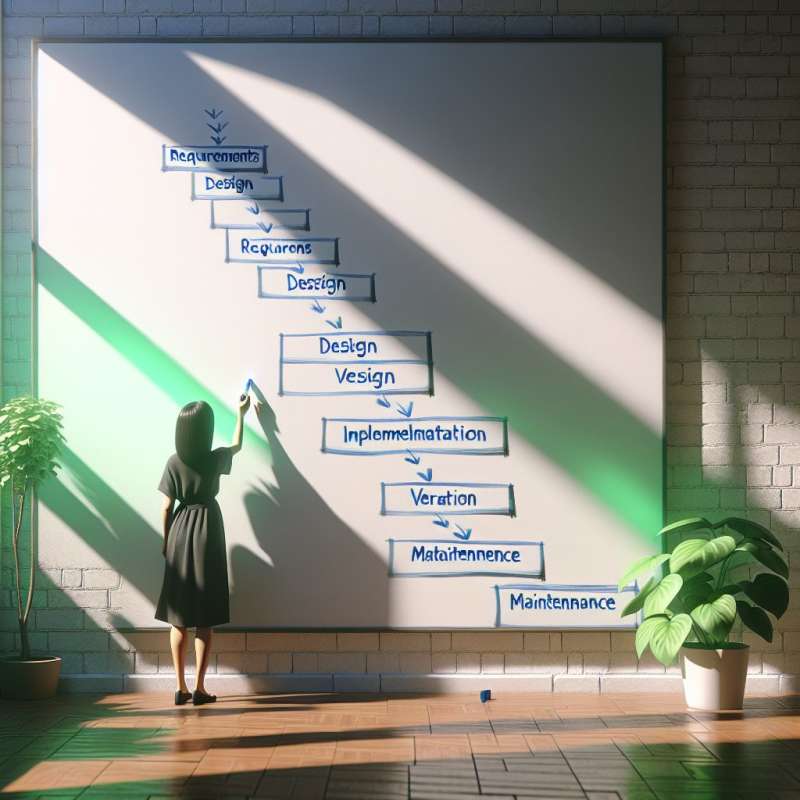
Waterfall Model Introduction
The Waterfall Model is a linear, sequential approach to software development. Originating in the 1970s, it's one of the earliest methodologies, emphasizing a logical progression of steps resembling a cascading waterfall.
Requirement Analysis Stage
In this initial phase, all possible system requirements are meticulously gathered and documented in a Product Requirements Document. This stage's thoroughness is crucial as subsequent phases depend on its accuracy.
Design Phase Nuances
Post-requirements analysis, the system's architecture is designed. Two levels are involved: a high-level design outlining the system, modules, and their relationships, and a low-level design detailing module specifications.
Implementation and Coding
Developers translate design documents into code. Unlike Agile, changes are discouraged at this stage, making early design accuracy paramount. This phase is typically the longest in the Waterfall cycle.
Verification and Testing
Following implementation, a rigorous testing phase identifies defects and discrepancies against requirements. This stage can uncover issues that, due to the model's rigidity, might be costly to address.
Deployment and Maintenance
After testing, the product is deployed to the user environment. Maintenance involves updates and fixes. Unlike iterative models, Waterfall usually doesn't accommodate major changes or new features well post-deployment.
CISSP Contextual Application
For CISSP candidates, understanding the Waterfall Model is key for security integration. Each step in the model offers unique security considerations, necessitating early and comprehensive security requirement analysis to avoid costly retrofits.
When did the Waterfall Model originate?
Early 1980s
Late 1960s
1970s
Company